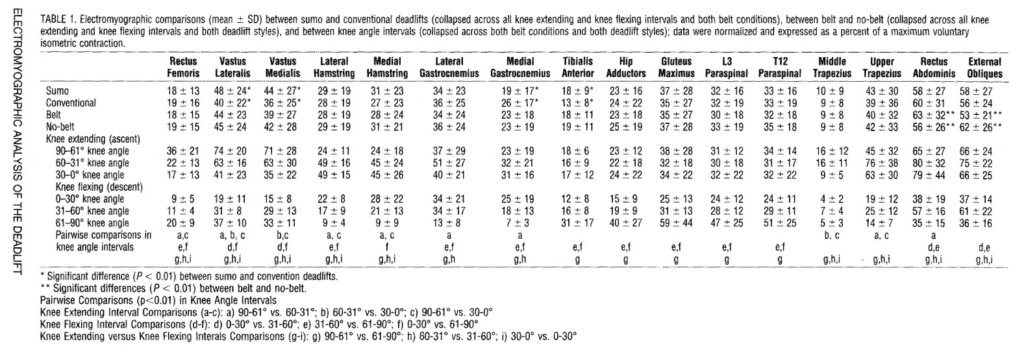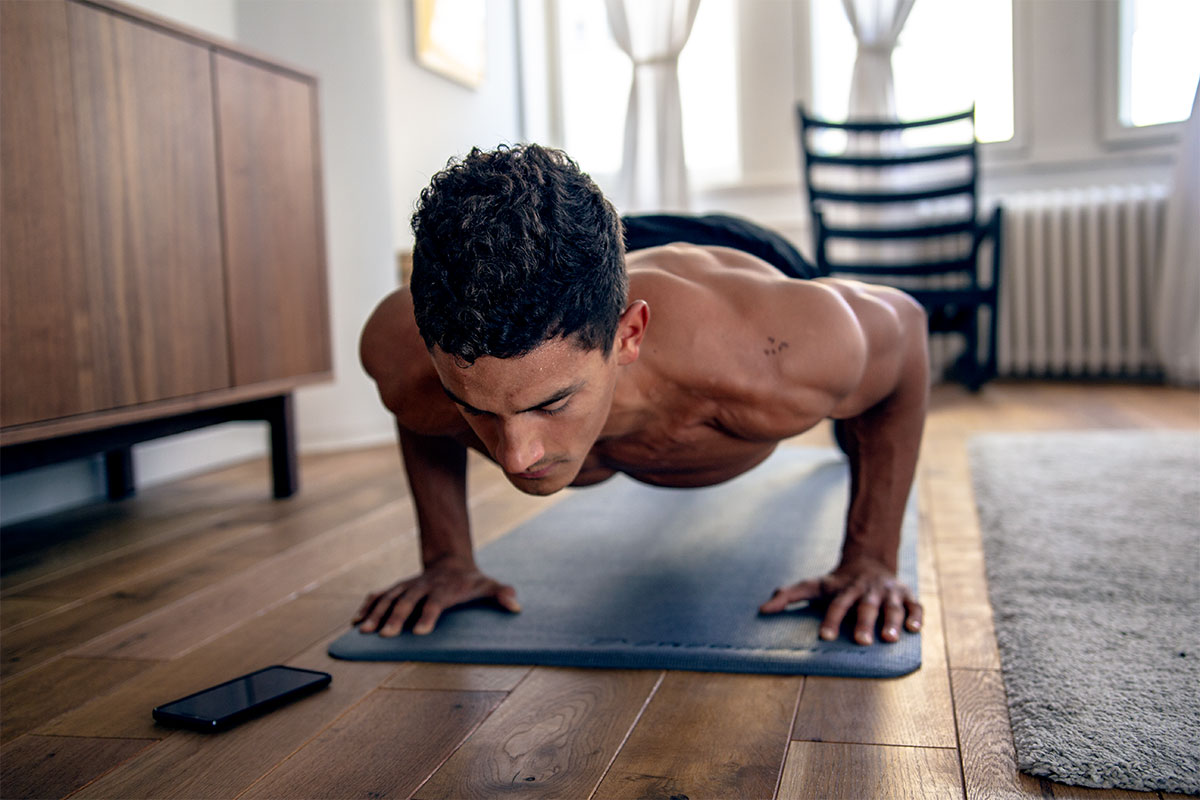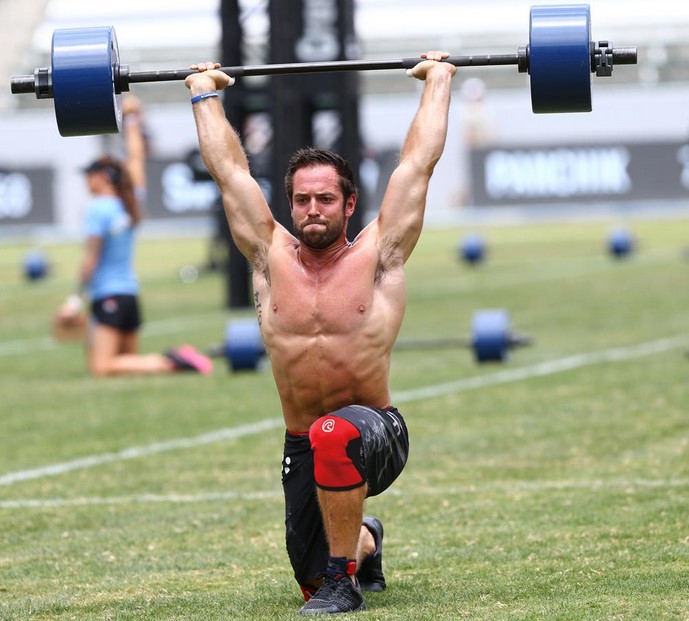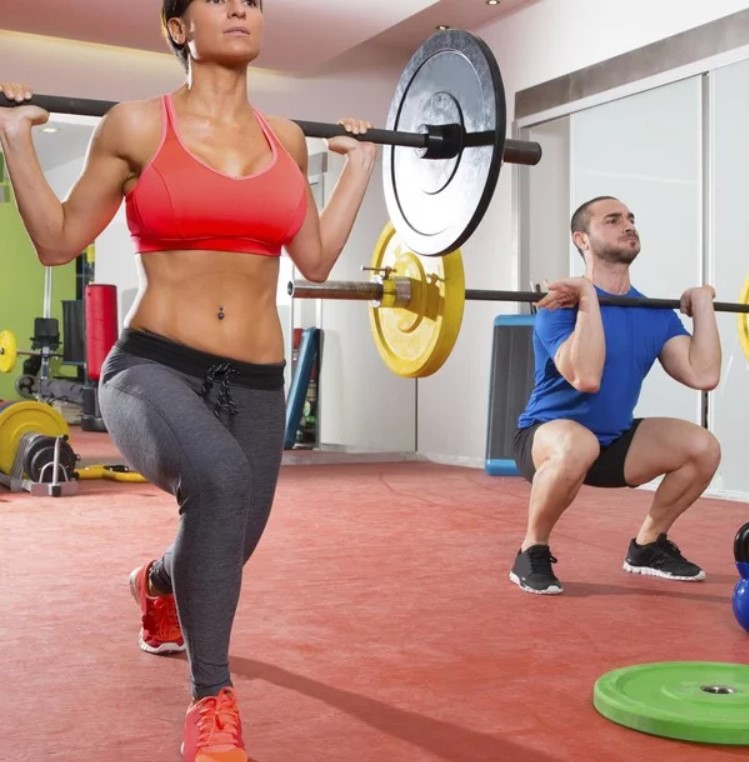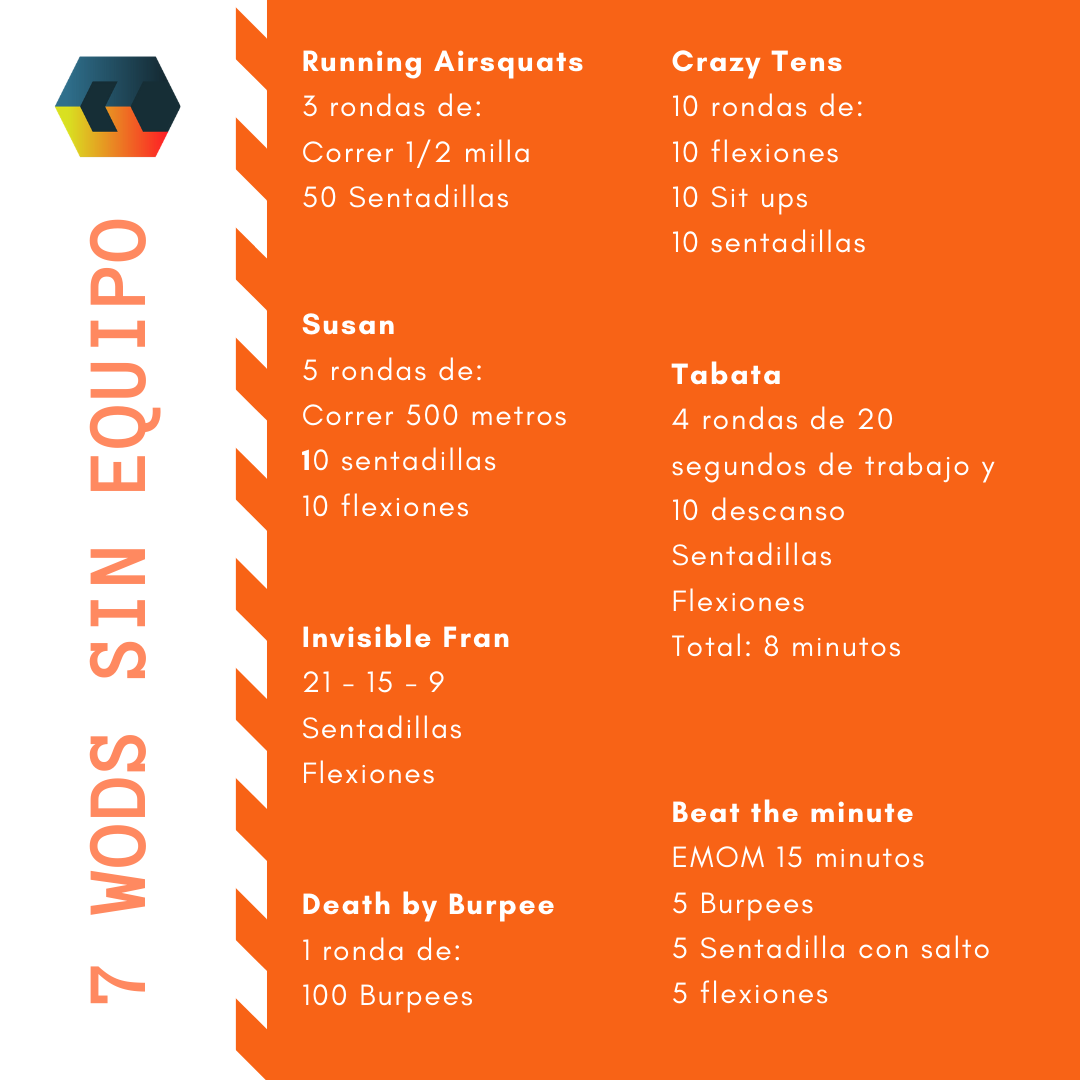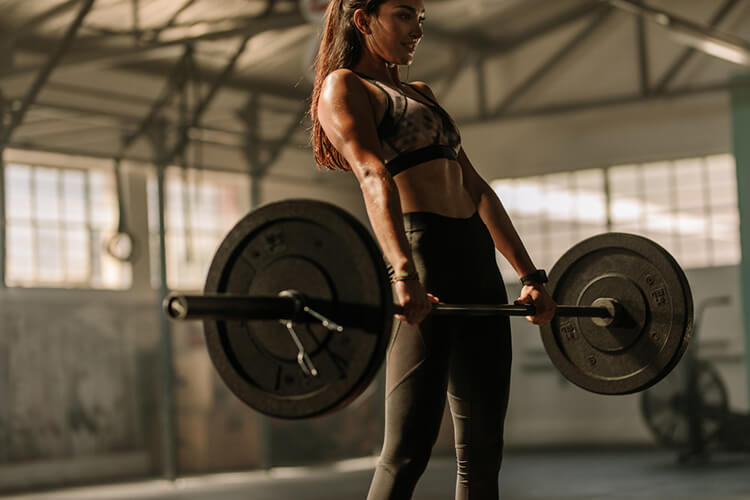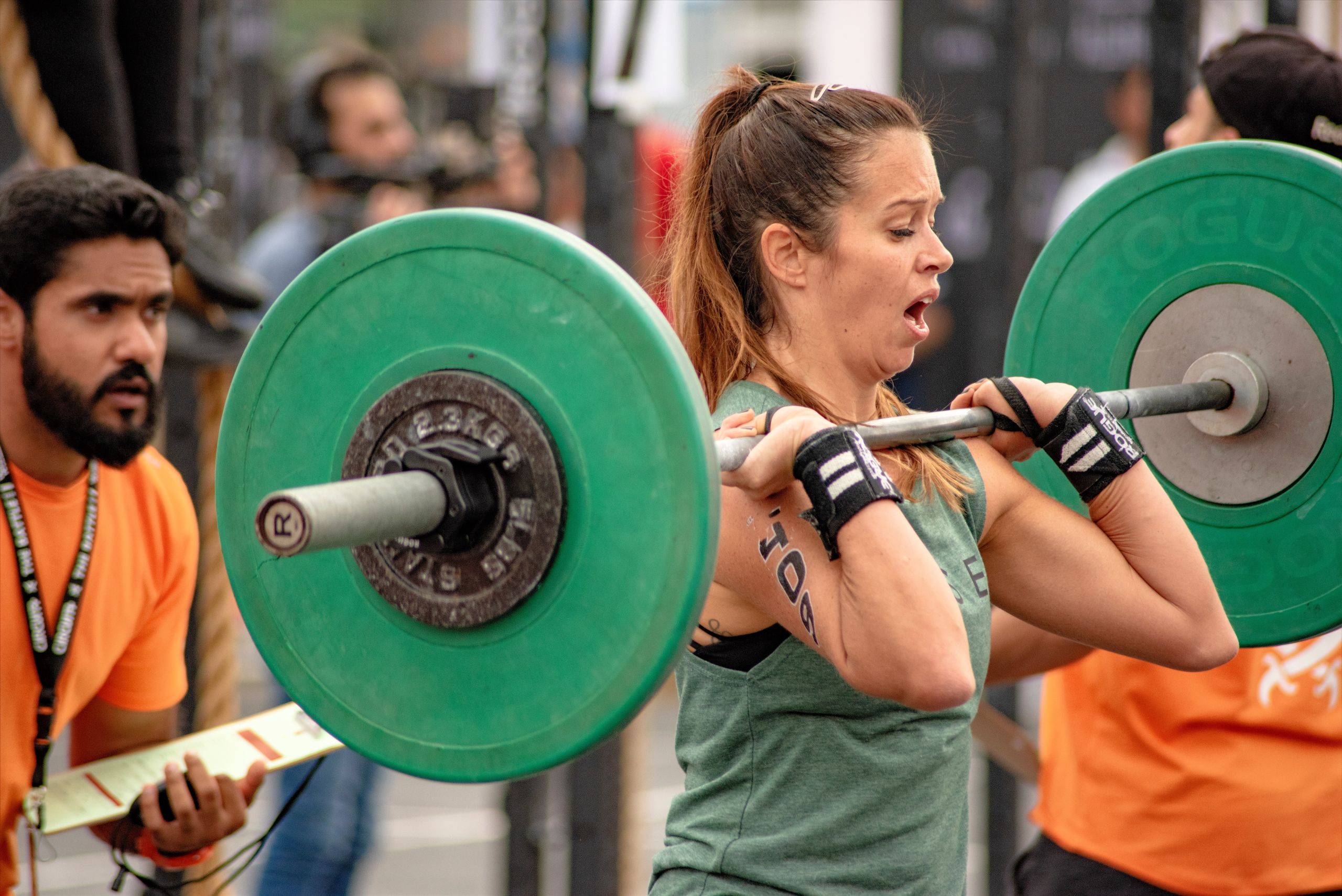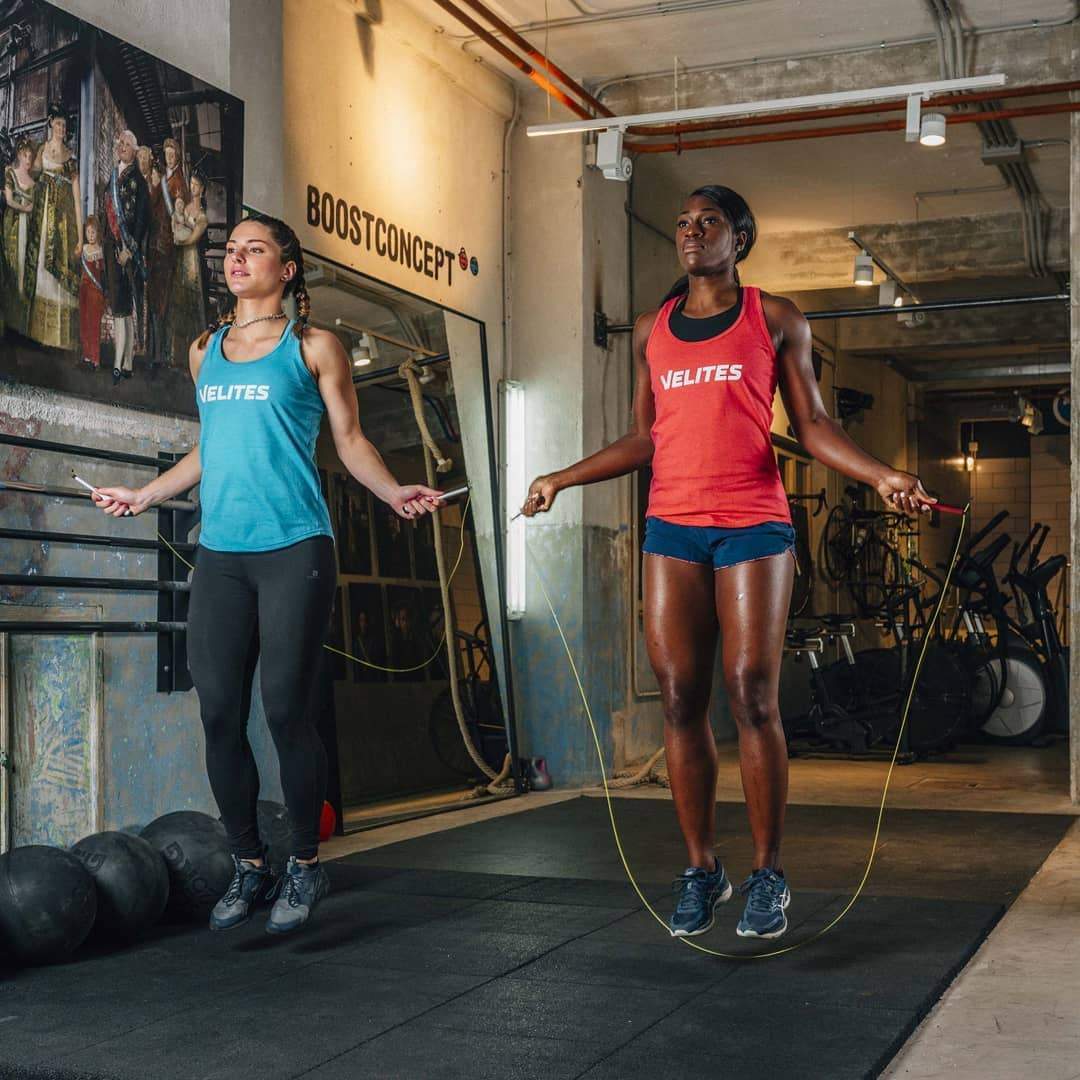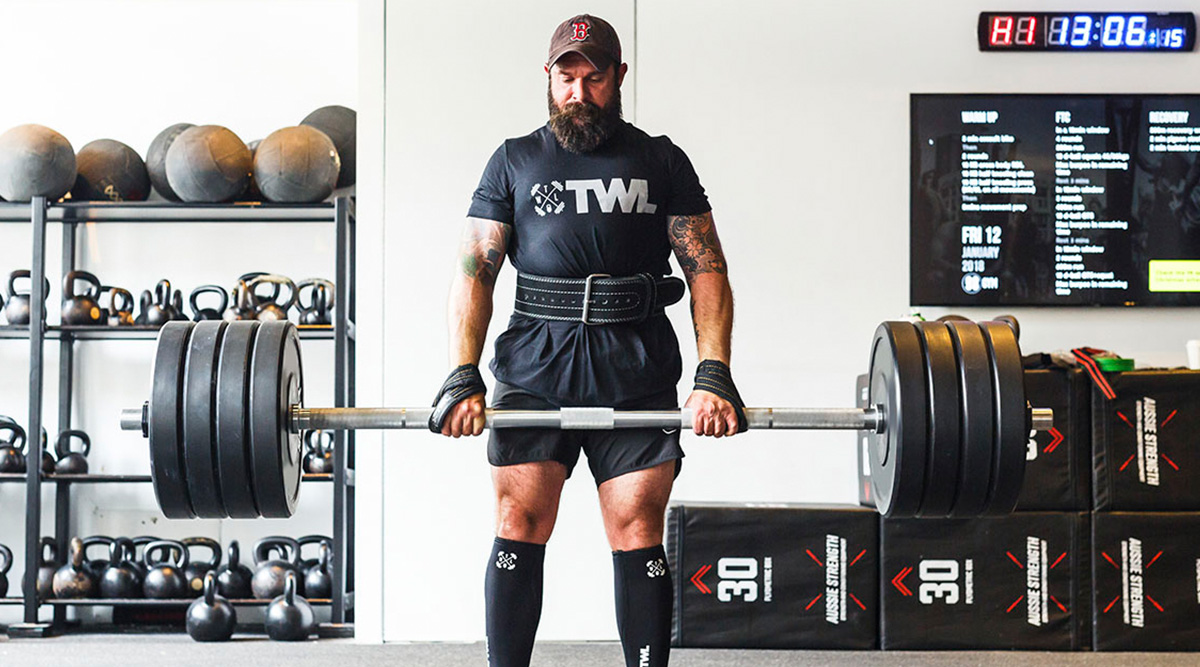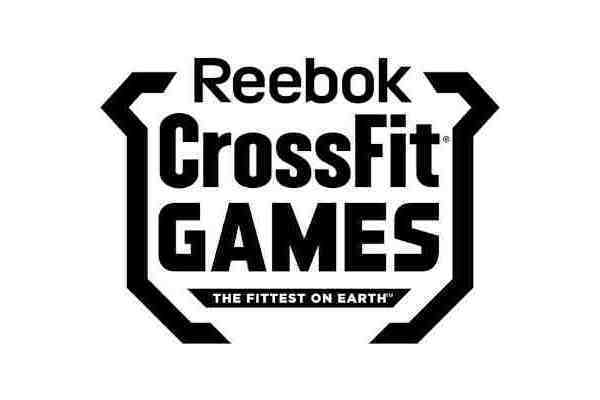Conventional Deadlift vs Sumo
If you don’t already know Fitenium is a free, mobile, video-based social network for athletes who train strength or bodyweight exercises. At Fitenium users can follow their performance, compete and get discounts in nutrition and sports equipment stores. Download it here.
There is no doubt that the deadlift is one of the best exercises for building muscle, gaining strength, and improving overall fitness. At Fitenium we advocate doing Deadlifts as long as there are no health problems. Contrary to what many people may think, doing a Deadlift with correct technique strengthens the back muscles and reduces the risk of injury and pain.
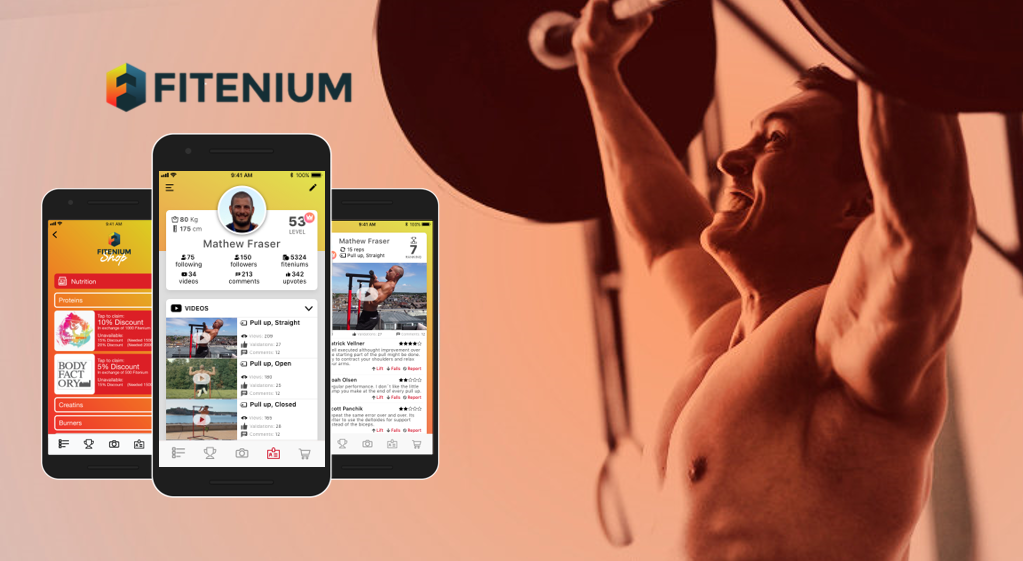
The Deadlift is a very popular and effective exercise for working the lower back, trapezius, forearm, quadriceps, and gluteus. So why do some people prefer not to deadlift? Training with heavy compound exercises has some cons that make some users give up training this way:
- Technique is even more important when you train heavy than when you go light.
- Compound exercises are much more demanding for the Central Nervous System than isolated ones, the sensation of effort and fatigue is greater.
- If you were to injure yourself, the injury could be more serious.
- It’s tougher mentally.
However, we consider that the benefits are much greater, so we recommend our users to train heavy but always with the most perfect technique possible. Do you want us to talk about the pros and cons of training heavy? Get in touch with us at our email info@fitenium.com so that we know your opinion.
There are many variations of the Deadlift, among which the most common are the following:
- Conventional Deadlift.
- Sumo Deadlift.
- Hex Bar Deadlift.
- Romanian Deadlift.
- Deadlift with Dumbbells.
- Deficit Deadlift.
- Rack Pull.
As you can see the possibilities are endless, but we will focus on two of the most common versions: Conventional Deadlift and Sumo Deadlift. The main difference between the two is that in one case it is that in the conventional deadlift the arms surround the legs and in the sumo it is the legs that are on the outside.
 Conventional Deadlift Sumo Deadlift
Conventional Deadlift Sumo Deadlift
The difference in technique between the Conventional and Sumo Deadlifts is easily recognizable and even a person new to the world of weights will know the differences just by seeing the execution. Although in general the same muscles are exercised, the different variants are more demanding of some muscles or others. In 2002, an electromyography study was conducted on 13 athletes trained while performing Conventional and Sumo Deadlifts at 12 repetitions.
In this study, it was concluded that most muscles are exercised in a similar way except the Vastus Lateralis, Vastus Medius, and Tibialis Anterior, which received greater stimulation in the Sumo Deadlift and the Gastrocnemius had a significantly greater activation with the Deadlift. Conventional.
Advantages and Disadvantages of the Sumo Deadlift versus the Conventional:
Advantages:
– The Sumo Deadlift stance is more stable.
– It is less demanding for the lower back.
– The range of motion is shorter.
– It is easier to keep the spine neutral during the Sumo Deadlift.
Disadvantages:
– The Sumo Deadlift technique is more complex.
– It is more demanding for the Abductor and Femoral Biceps.
– Requires greater hip mobility.
– Less transfer to other sports or real life.
Is the Sumo Deadlift easier?
When we ask ourselves if the Sumo or conventional Deadlift is easier, we mean if a person with correct technique in several exercises is going to lift more kilograms on average in the Sumo Deadlift than the conventional one. It is very common to read that by having the Sumo Deadlift a much shorter route you can lift more kilos than in the conventional one, but is this really so?
Normally when we are going to make a record, the lift does not usually exceed 5 seconds. Even the world’s most fought records are very very rare to exceed 10 seconds. You should have enough energy to do all-out effort for 8-10 seconds without a problem. However, if we talk about doing the maximum number of repetitions with a certain weight, that difference in travel can make a difference since repetition after repetition accumulates.
On the other hand, when you fail a RM you don’t fail because you are weak throughout the entire lift, you fail because you are weak in your weakest part of the lifting chain. Therefore we believe that the difference between a longer or shorter lift is negligible.
It is worth mentioning that the mythical Eddie Hall Deadlift of 500 kilos was made with the conventional technique.
What technique suits me?
There are several factors to determine what type of Death Weight is best suited to you, as it depends on your anthropomorphic measurements and mobility. Basically we can establish in a very general way, that if you have longer arms than average, the conventional deadlift is better for you and if you have short arms, the sumo deadlift is more suitable for you. It’s not the only factor though, as hip mobility is more important in the sumo deadlift, so if you have hip mobility issues you may be more interested in the conventional deadlift.
Last but not least, injuries are a determining factor when choosing one variant or another. If you have lower back problems you should tend to the sumo deadlift, but if you have knee problems it is better that you try the conventional one.
You can ask the following questions before choosing a variant:
– Which variant do you feel more natural?
– Which variant allows you to lift more weight?
If the answer to both questions is the same, you should stick with that variant. We also recommend that you try both variants and stick with the one you feel most comfortable training at submax loads and stick with that one.
Belt, yes or no?
Another very important debate is whether you should train with or without a belt. There are radically opposite positions, with people who think that you should always deadlift with a belt while other people believe that you should avoid using a belt whenever possible.
Scientific evidence (1) and (2) indicates that wearing a belt can help you improve your performance in key exercises such as the squat and deadlift, but there is no evidence that it reduces the risk of injury as long as it is used correctly.
Therefore, if you really have a very high interest in your performance and you know how to wear a belt, since you have to squeeze the abdomen to increase intramuscular pressure, you may benefit from wearing a belt. If you don’t fall into both categories you can still benefit from beltless training and progress without increased risk of injury.
conclusions
Do deadlifts, the one that you like the most and that suits you. Although no exercise is 100% mandatory and you can do without any exercise, it is nevertheless true that few exercises are more efficient for your progress than the Deadlift, whether Conventional or Sumo.

